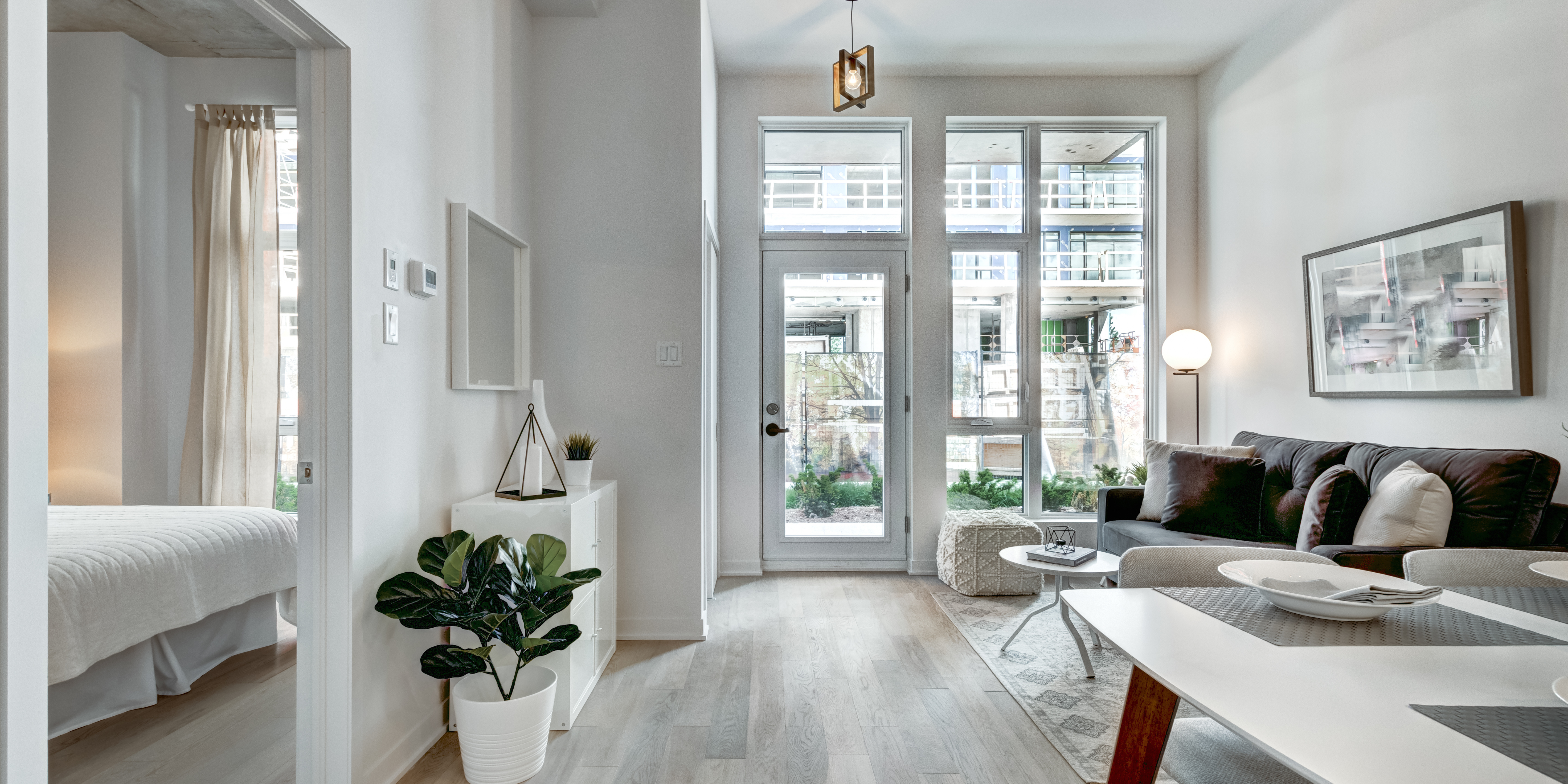In the ever-shifting landscape of real estate, a remarkable force is at play—millennials. As the largest demographic cohort in recent times, millennials are not merely looking for homes; they are reshaping the multifamily real estate market. In this exploration, let’s delve into the profound ways in which the preferences and lifestyles of millennials are leaving an indelible mark on the design and amenities of multifamily properties.
A Shift in Priorities:
The traditional notion of housing as a mere shelter has given way to a more holistic perspective for millennials. Often dubbed the experience generation, millennials prioritize the journey over the destination. This shift in mindset is actively reshaping multifamily properties, where developers are increasingly focusing on creating vibrant, community-centric spaces. Rooftop gardens, co-working spaces, and fitness centers are no longer optional but essential components of multifamily living, offering millennials a living experience that goes beyond the four walls of their apartments.
Technology Integration:
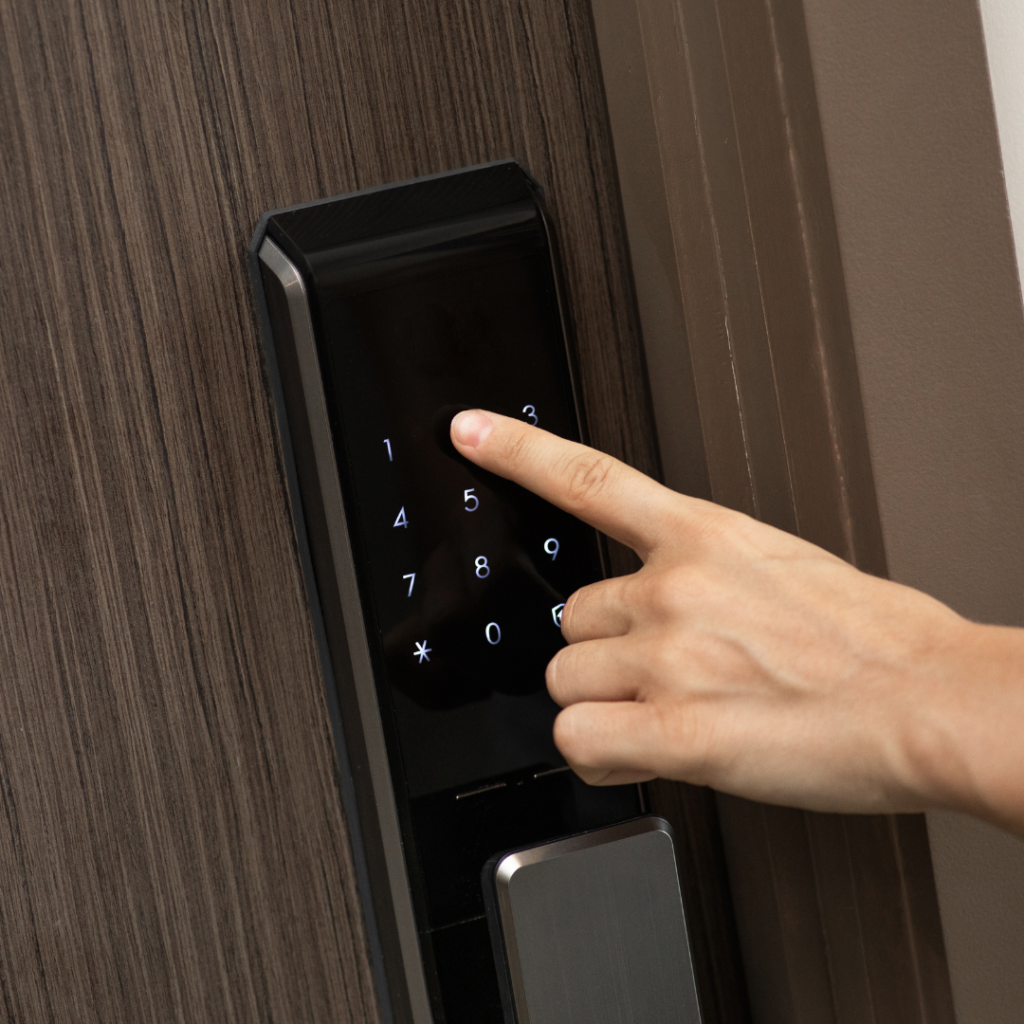
Having grown up in the digital age, millennials exhibit a natural affinity for technology. This inclination has driven the demand for smart home features in multifamily properties. From app-controlled thermostats to keyless entry systems, these technological integrations enhance not only the convenience but also align with millennials’ tech-savvy lifestyles. The integration of technology becomes a statement of modernity, reflecting a seamless blend of the physical and digital realms.
Sustainability Matters:
Millennials are characterized by an eco-conscious mindset that is influencing multifamily developments to embrace sustainable practices. Energy-efficient appliances, eco-friendly building materials, and green spaces are becoming staples in these properties. It’s not merely about providing a living space; it’s about delivering a lifestyle that aligns seamlessly with millennials’ commitment to sustainability and environmental responsibility.
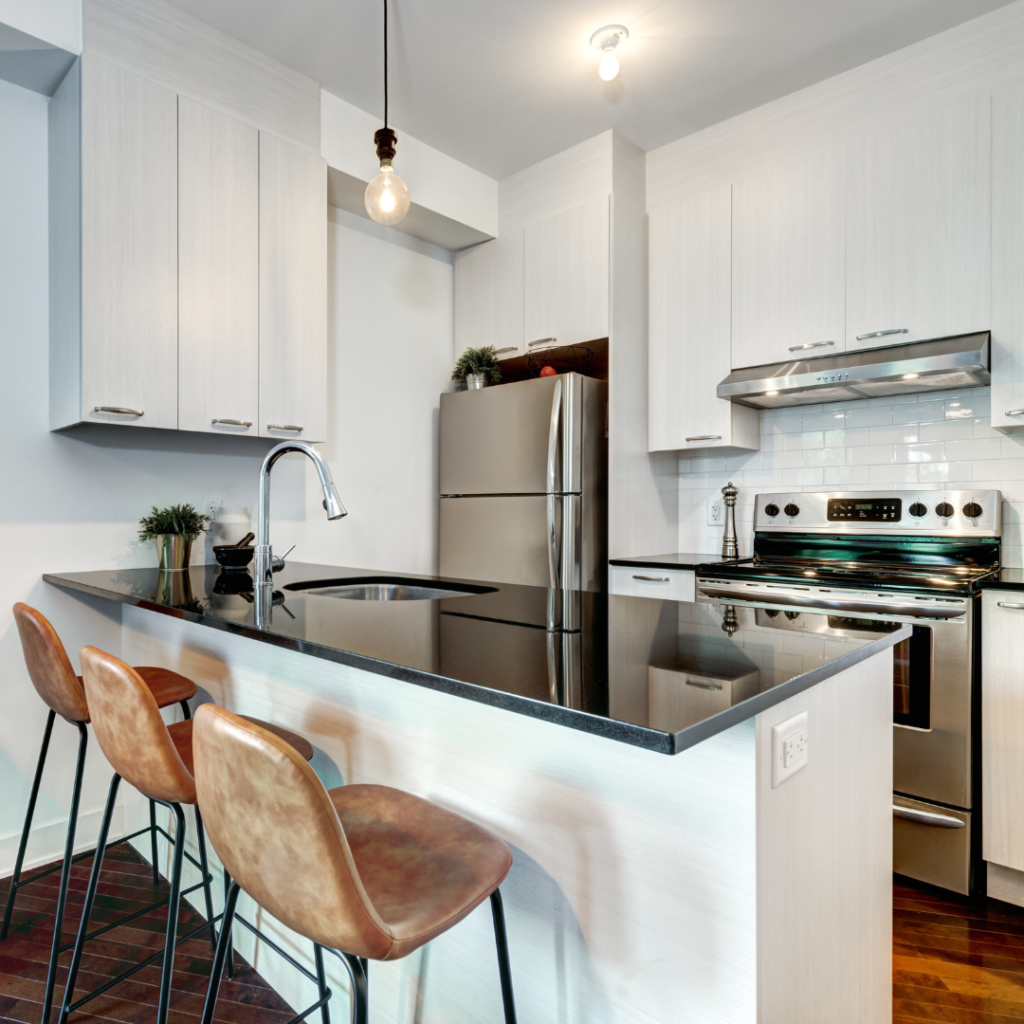
Flexible Living Spaces:
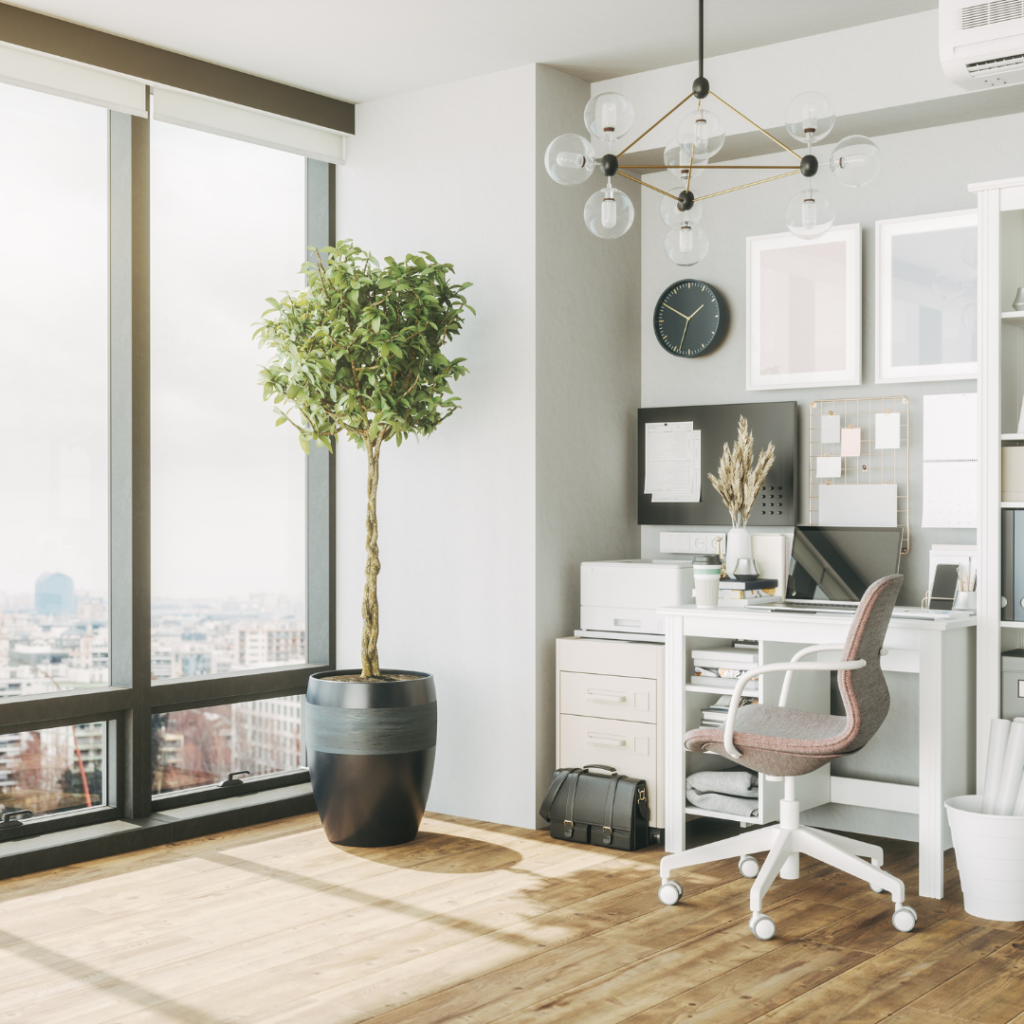
The rise of remote work and entrepreneurial ventures among millennials has brought about a fundamental shift in the concept of a home office. Multifamily properties are adapting to this trend by incorporating flexible living spaces that can effortlessly transition from workspace to a comfortable living area. This adaptability caters to the evolving work habits of millennials, offering them the freedom to define and redefine their living spaces according to their needs.
Wellness-Oriented Amenities:
Health and wellness are paramount for millennials, transcending passing trends to become a way of life. Recognizing this, multifamily developers are prioritizing amenities that promote an active and balanced lifestyle. Fitness centers, yoga studios, and wellness programs are not mere luxuries but standard offerings in multifamily properties. These amenities not only align with millennials’ health-conscious preferences but also contribute to a sense of community and well-being.
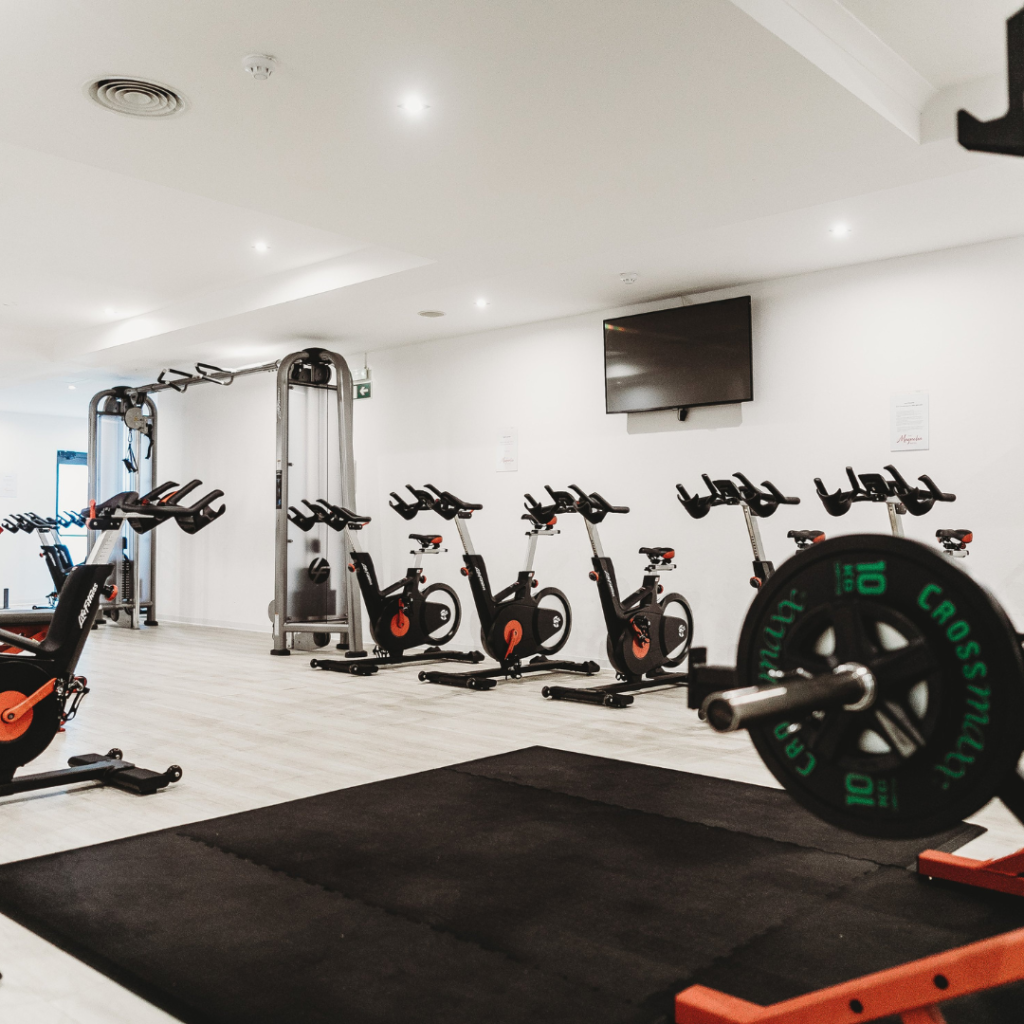
Social Connectivity:
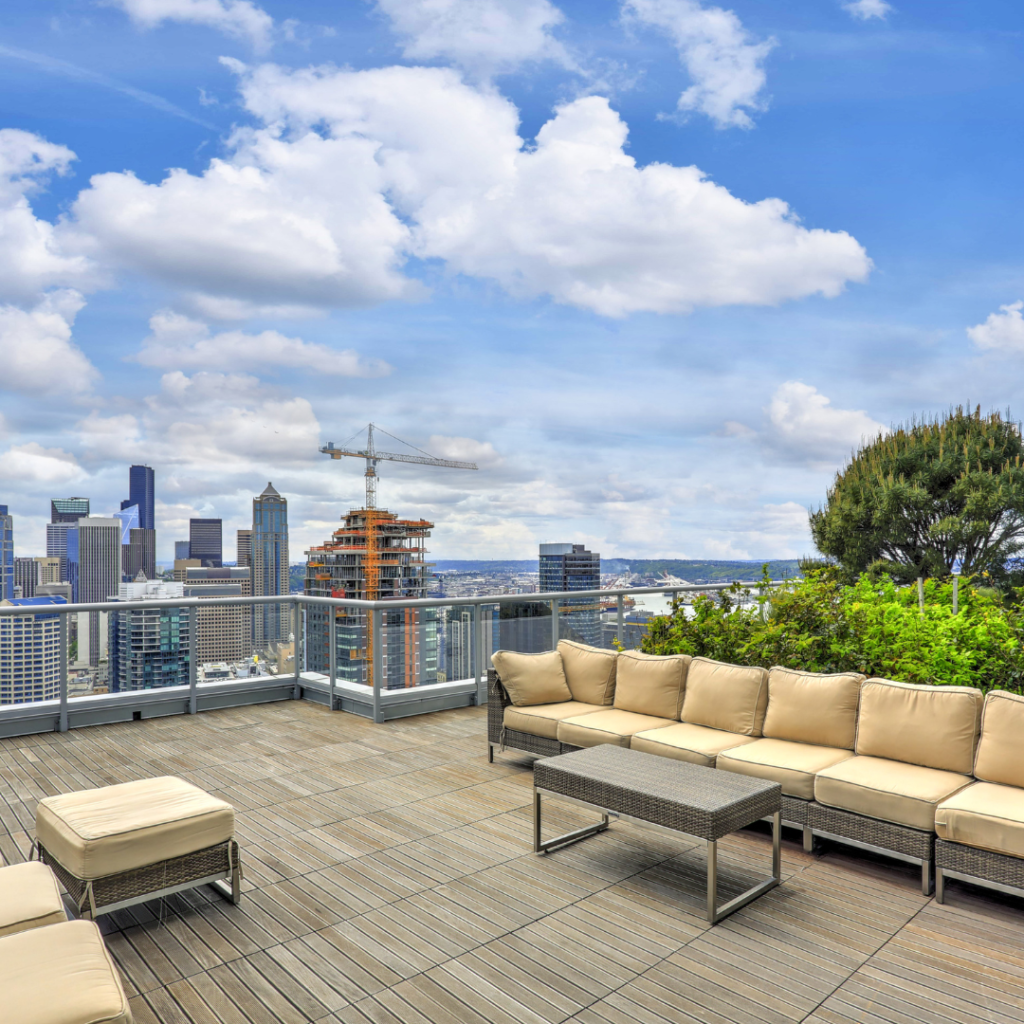
For millennials, community is not just a physical space; it’s a shared experience. Multifamily properties are responding to this need by incorporating communal spaces that foster interaction among residents. Shared kitchens, communal lounges, and collaborative workspaces are intentional efforts to create a sense of community, aligning seamlessly with millennials’ emphasis on relationships and connections.
In conclusion, the millennial effect on multifamily real estate is a transformative force. Developers are attuned to the preferences of this influential generation, creating living spaces that go beyond meeting basic housing needs. As multifamily properties continue to evolve, the millennial impact is poised to shape the future of real estate in ways that challenge convention and redefine the very essence of home.

